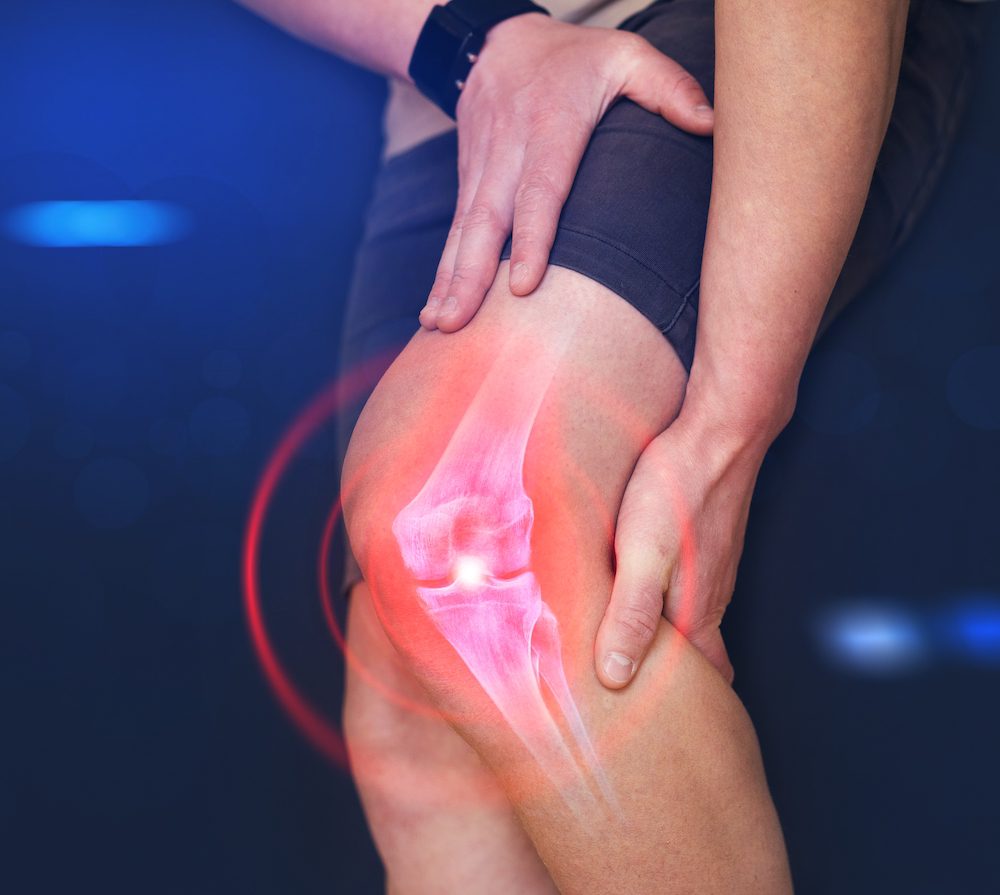Nerve Blocks
In Phoenix Arizona

Overview
What We Do:
What is Nerve Pain & Why Choose Nerve Blocks?


Pain Types Nerve Blocks Treat
Purpose
Types
Risks
Limitations
What Is the Purpose of Nerve Block Injections?
Nerve block injections are one of the most common treatments for pain management. They can provide temporary relief from acute or chronic pain or diagnose the source of pain by measuring a patient’s response to the injection. They can also be used for prognostic purposes to determine the potential effectiveness of a more permanent treatment option such as surgery.
In some cases, nerve blocks can be used to avoid surgery altogether. They are also sometimes used to prevent additional pain from a procedure or surgery that can cause negative side effects, such as phantom limb pain.
Nerve blocks are widely used in many medical settings, from physical therapy to general practitioners and even specialists such as anesthesiologists. The injection is typically a combination of an anesthetic and a steroid, which work together to reduce inflammation and temporarily block nerve pain signals.
When used for pain management, nerve blocks are most effective with other treatments, such as physical therapy and lifestyle changes. Some patients may need a series of nerve blocks to manage their pain.
The effectiveness of nerve blocks depends on the individual, the location of the nerve, and the type of medication used. Before beginning any treatment, it is important to talk to your doctor about your personal health and medical history. Your doctor will be able to provide advice on the best course of treatment for you and any possible side effects.
Types of Nerve Blocks
There are numerous varieties of nerve blocks that may be utilized for a range of objectives, such as decreasing, managing, and preventing pain. Notable among them are the following that are used for different areas of the body:
- Trigeminal nerve blocks (face)
These are used to provide relief from facial pain, such as pain associated with a migraine or trigeminal neuralgia. The trigeminal nerve is located on either side of the face and runs from the nose to the jaw. A trigeminal nerve block utilizes local anesthetics to block the nerve from sending signals to the brain, which helps to reduce the sensation of pain.
- Ophthalmic nerve blocks (eyelids and scalp)
Ophthalmic nerve blocks target the ophthalmic portion of the trigeminal nerve and can reduce the pain associated with headaches, sinusitis, or eye strain.
- Supraorbital nerve blocks (forehead)
The supraorbital nerve is located near the eyebrow and runs across the forehead. A supraorbital nerve block utilizes local anesthetics to block the nerve from sending signals to the brain, which helps to reduce the sensation of pain.
- Maxillary nerve blocks (upper jaw)
The maxillary nerve is located near the cheek and runs along the jaw. A maxillary nerve block utilizes local anesthetics to block the nerve from sending signals to the brain, which helps to reduce the sensation of pain.
- Sphenopalatine nerve blocks (nose and palate)
The sphenopalatine nerve is located near the nose and runs across the palate. A sphenopalatine nerve block utilizes local anesthetics to block the nerve from sending signals to the brain, which helps to reduce the sensation of pain.
- Cervical epidural, thoracic epidural, and lumbar epidural blocks (neck and back)
The epidural nerve is located near the spine and runs along the entire back. Cervical epidural, thoracic epidural, and lumbar epidural blocks utilize local anesthetics to block the nerve from sending signals to the brain, which helps reduce the pain sensation.
- The cervical plexus block and cervical paravertebral block (shoulder and upper neck)
The cervical plexus is near the vertebrae and runs along the entire neck. A cervical plexus block utilizes local anesthetics to block the nerve from sending signals to the brain, which helps reduce the pain sensation.
- Brachial plexus block, elbow block, and wrist block (shoulder/arm/hand, elbow, and wrist)
Brachial plexus block utilizes local anesthetics to block the nerve from sending signals to the brain, which helps to reduce the sensation of pain. Elbow block and wrist block target the nerves in the elbow and wrist, respectively and can help to reduce the sensation of pain.
- Subarachnoid block and celiac plexus block (abdomen and pelvis)
Subarachnoid block targets the nerves in the lower spine, while celiac plexus block targets the nerves around the stomach and intestines. Both utilize local anesthetics to block the nerve from sending signals to the brain, which helps to reduce the sensation of pain.
Nerve blocks are an effective way to provide relief from pain in various areas of the body. While each nerve block has different uses, they all work to block the transmission of signals so that the sensation of pain is reduced. Talk to your doctor to find out which nerve block is right for you.
What Are The Side Effects And Risks of Nerve Blocks?
Studies have indicated that nerve blocks can be effective in alleviating chronic pain, though they may come with certain side effects. Everyone's body responds differently, but it is possible to experience soreness, rash, itching, bleeding, raised blood sugar, or additional energy at the injection site. Contact your doctor immediately if any of these effects are more severe than normal or become concerning.
However, nerve blocks are mainly used to help those with nerve damage-related conditions such as Trigeminal Neuralgia or chronic back pain. Those who do not have any nerve damage may not see the same effects of nerve blocks; only those with nerve damage should consider this treatment option. Speak to your doctor to see if nerve blocks are the best solution for you.
Procedure has Limitations
It is important to have realistic expectations when considering a nerve block as a means of pain relief. While complications are rare, temporary relief is typically only seen in the short-term and may require several injections to achieve the desired results. In some cases, it may not bring any relief at all. Long-term relief is more likely with a surgical nerve block, but comes with a longer recovery time. Permanent nerve destruction is a possibility, but should not be expected as a guarantee. It is essential to understand the possibilities and limitations of a nerve block in order to make an informed decision.

Chronic Pain

Neck Pain
Ask us anything, or
schedule a same day
appointment.
